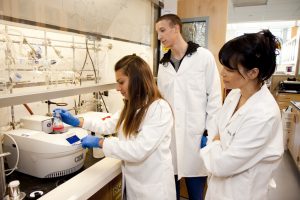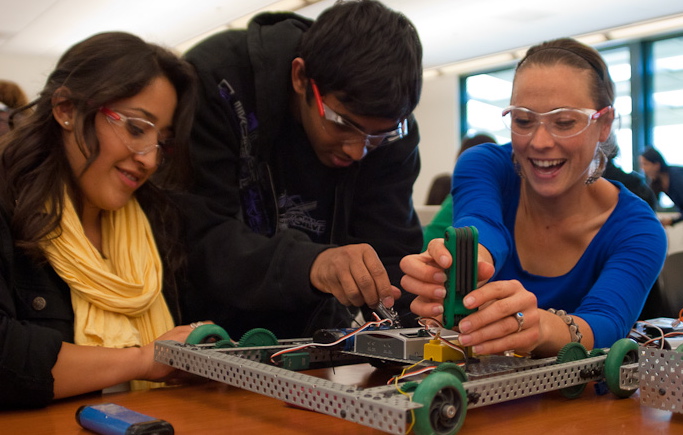A few years back, an article from the U.S. Proceedings of the National Academy of Sciences (PNAS) entitled “Active learning increases student performance in science, engineering, and mathematics” summarized the findings of a meta-analysis of 225 studies, “that reported data on examination scores or failure rates comparing student performance in undergraduate STEM courses under traditional lecturing versus active learning.” The key finding of this meta-analysis remains profoundly relevant:
“Active learning leads to increases in examination performance that would raise average grades by a half a letter, and that failure rates under traditional lecturing increase by 55% over the rates observed under active learning.”
Here are some suggestions for any academic librarian who has asked themselves what more they could do to encourage active learning pedagogies for their institution’s STEM learners:
First Remember: You ARE an Active Learning Change Agent
Whether teaching at the reference desk or forming instructional partnerships with STEM faculty, librarians have many opportunities to help define STEM pedagogy. Be on the look-out for invitations to join curriculum committees, active learning task forces, and other institutional initiatives that will afford you a role in curriculum development. Be prepared to offer a list of hands-on activities and recommended learning tools that promote student engagement, retention, and learning performance.
Evaluate Resources for their Ability to Improve Active Learning Performance

Every resource that you consider providing to your STEM patrons should be evaluated for whether it promotes active learning. For example, ask yourself: Are instructional videos active learning tools? Certainly passive viewing isn’t active learning, however, videos can be powerful active learning elements if they provide benefits like a test feature. Instructional videos that feature a customizable testing tool enables STEM students and teaching faculty to determine how well students understand assigned material from watching a video before lectures and labs. Here, educator instructional designer Irma Sandercock lays out several additional strategies for incorporating educational videos into an active learning pedagogy.
STEM Classes are a Natural Fit for the Library
Your science and engineering faculty may gladly accept an invitation to move classes from typical academic classrooms to collaborative spaces within the library in order to facilitate more interactive learning. Your facilities are more accommodating than stationary desks and whiteboards, plus you have access to tools from iPads and digital displays, to 3D printers and makerspaces. Collaborate with your library media specialists to fine-tune the perfect environment for facilitating informal and dynamic engagement for your STEM patrons!
Get Savvy about the Specialized Active Learning Requirements of STEM Lab Courses
Finally, science and engineering labs have active learning requirements that can differ significantly from classroom learning. Lab assignments are often structured for flipped classroom learning, with STEM students expected to learn techniques and become familiarized with specialized equipment before they ever actually step foot in a lab. Students may also need to design and perform experiments that can’t be practically shown in a classroom environment. Librarians should source active learning tools that are proven to help STEM students build confidence and learn more effectively in lab settings.

